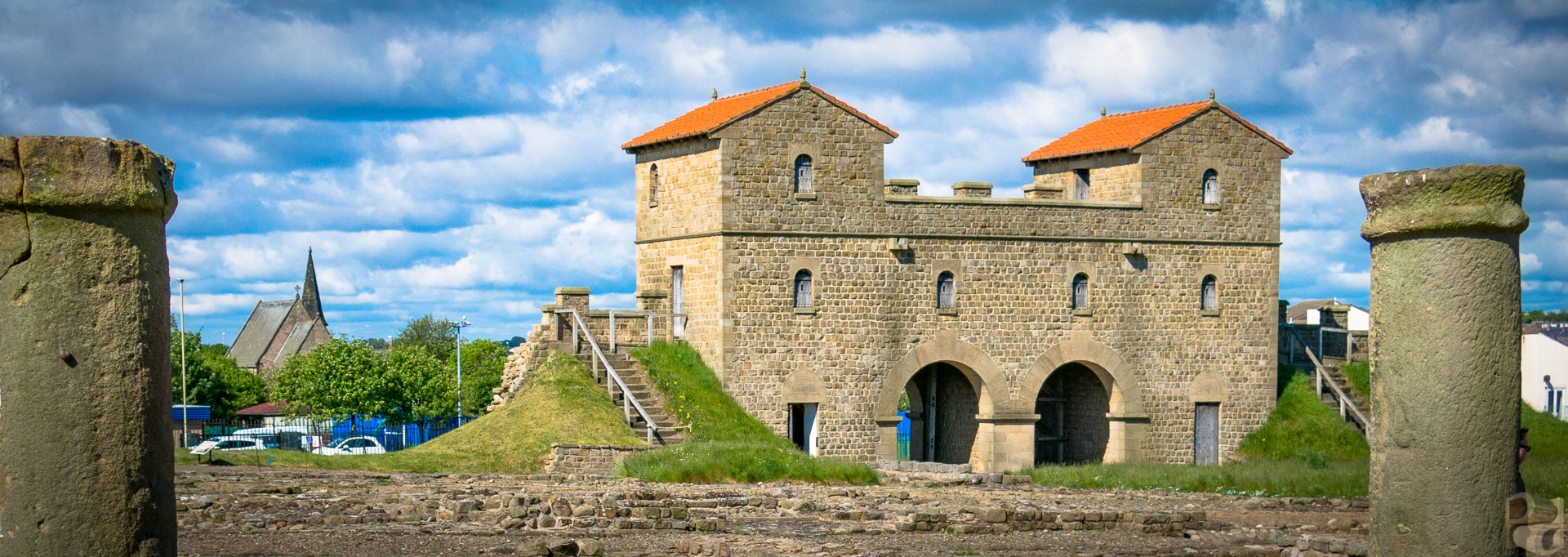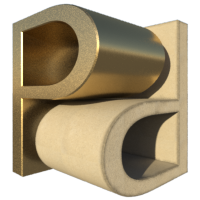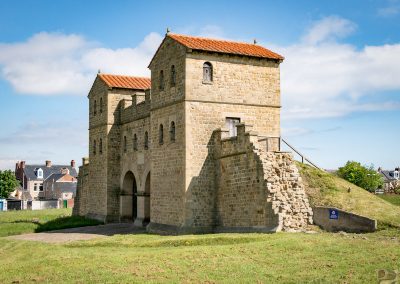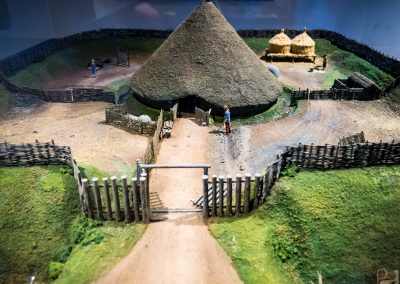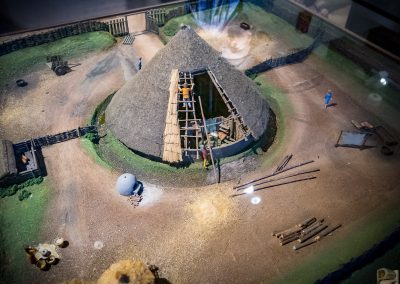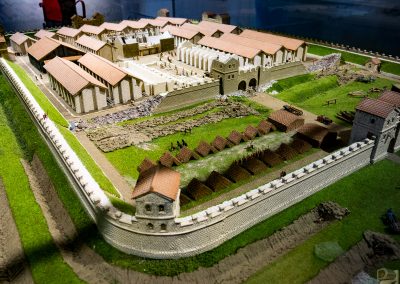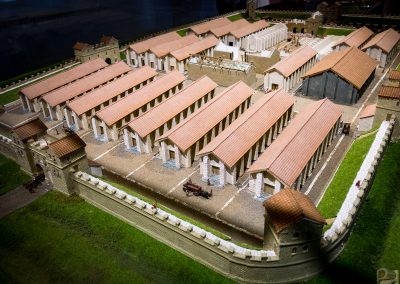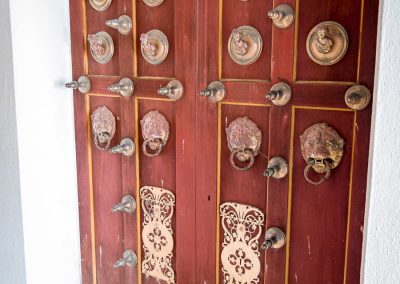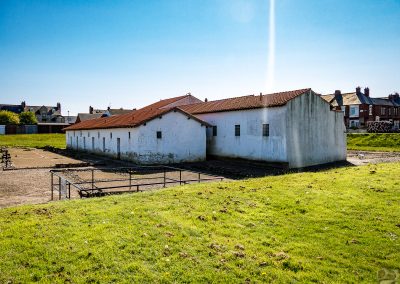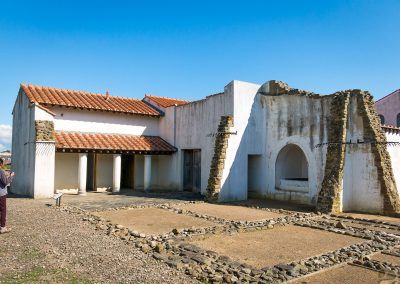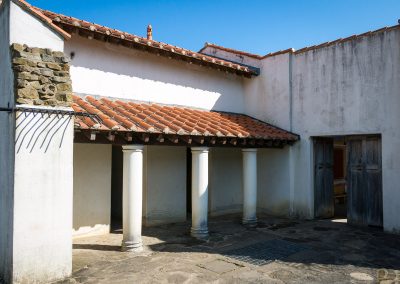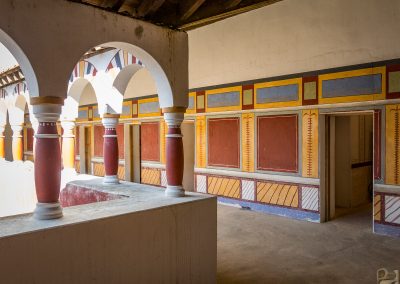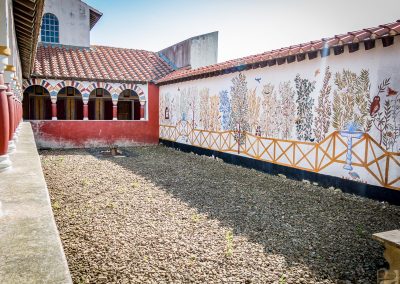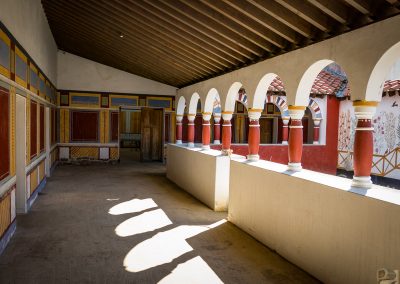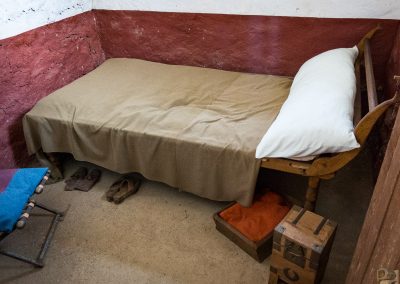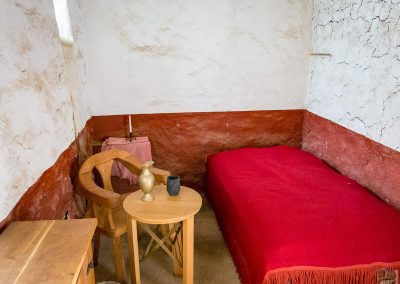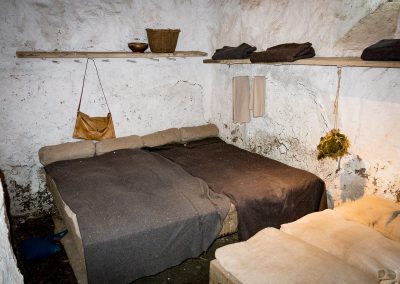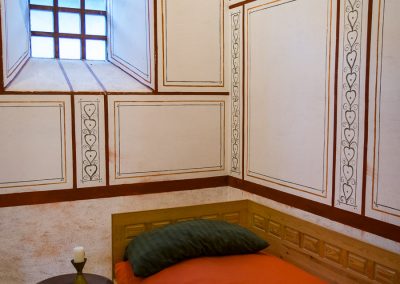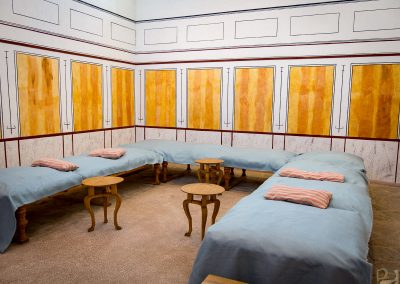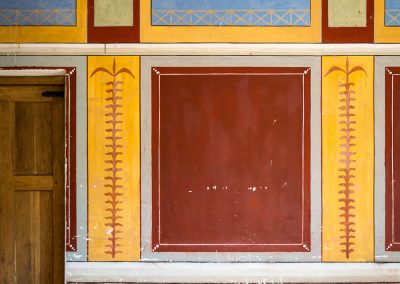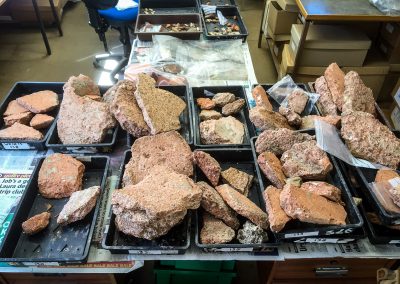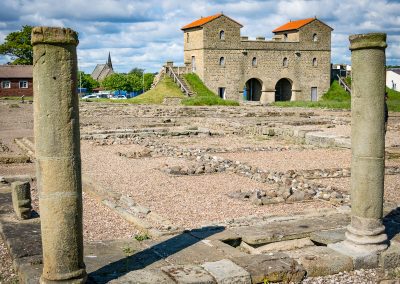Background to the weekend
After spending almost 30 years in the field of computer graphics as a professional 3D Artist in the games industry, a University lecturer, and working on a number of digital historical reconstructions, I felt I needed to change my career direction and move towards the field of archaeology. Throughout most of my life I have visited various historical sites in different countries, photographed, and in some cases worked on 3D reconstructions of them. I am now studying for a BA (Hons) degree in Archaeology and wanted to gain some actual field experience prior to its start. I chose to join the Earthwatch expedition team excavating the Roman Empire in Britain for a weekend in order to get a taste of the kind of work I may be involved with in the future. The weekend was very well organised and the structure allowed the team to get a good balance between fieldwork, finds recording, and museum visits.
Location
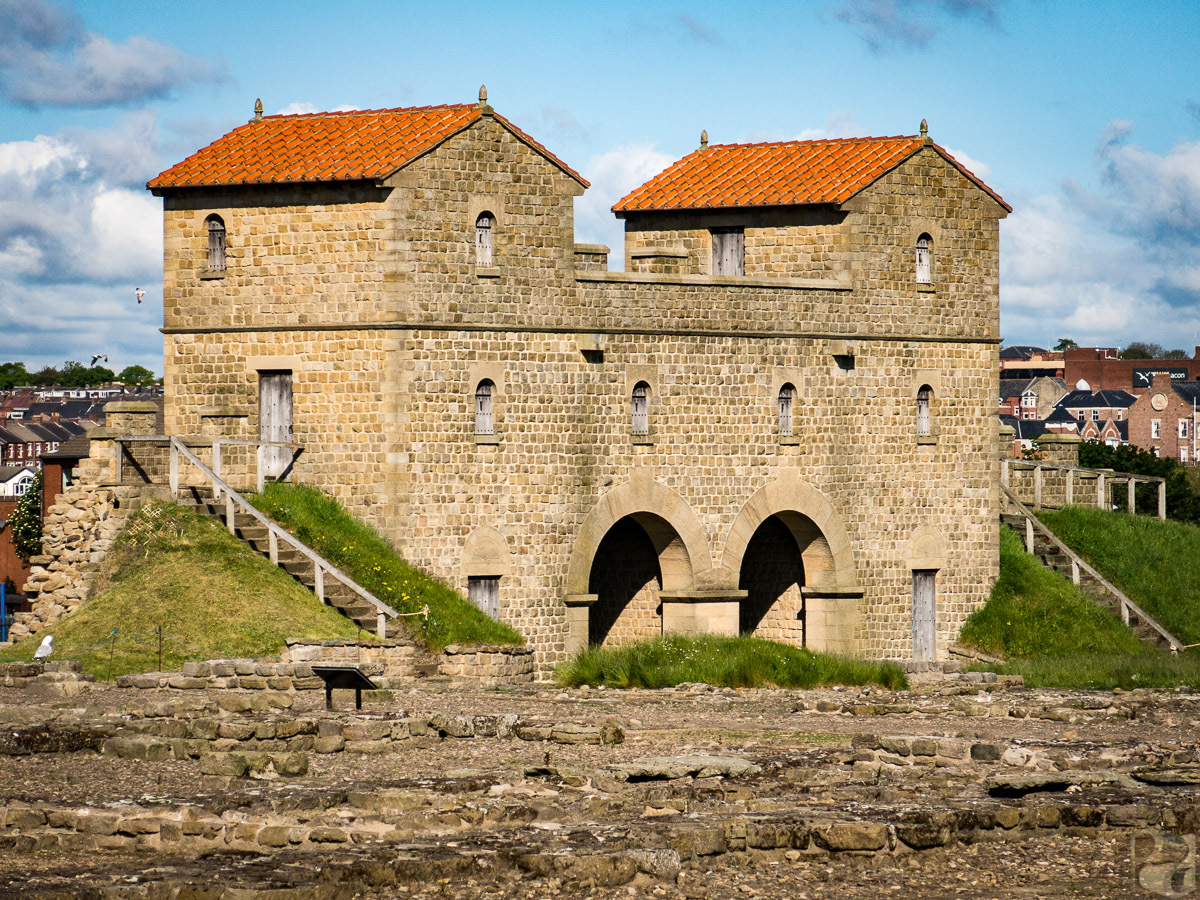
Arbeia Roman Fort
The site at Arbeia in South Shields is a large Roman fort. It has a number of building reconstructions as they likely appeared during the later years of Roman occupation. Besides the multi-storey tower gate there is a reconstruction of one of the army barracks and a courtyard house which really does help to put the excavation in context very well. As I work on digital reconstructions of historical sites it was very useful to examine some of the building methods used during the time and even more useful was being able to see them aged and weathered. Looking at the conditions the Roman soldiers may have endured in comparison to the upper class living in the courtyard house was also very interesting. To make this site all the more remarkable is the fact that it was used as a base by the emperor Septimus Severus during his campaigns in Scotland between AD 208-11 and it is very likely that he and his family lived there during this period. It is also very likely that he may not have been the only emperor to have stayed here either.
The site is also situated at the mouth of the River Tyne and has access to the seafront and an abundance of places to eat. A short hop on the metro will take you to the city of Newcastle where the Great North Museum holds a large number of artefacts found not only at Arbeia but also those found at a number of other Roman forts in the area. Hadrian’s wall runs from just outside the city to the west coast of England and parts of it can be seen within Newcastle. The whole wall runs for 73 miles (117.5 km) and you can travel its whole length visiting a number of very well preserved forts along its route. Many of these are also active excavations. One of our team had travelled from the US and on completing the weekend at Arbeia was going to walk the entire length of the wall, stopping off at hotels and local B&B’s along the way. An excellent way to get closer to the history of the region.
People
The team members numbered 11 and included people of all ages and a number of nationalities with the ratio of male to female leaning more to the later. Everyone was quite friendly and conversations during lunch and tea breaks were lively and quite humorous. There were a number of volunteer archaeologists on site, even though it was a weekend. They were very friendly and helpful with some having a knowledge of the site spanning 20 plus years. This really did help to give a greater understanding of the development of the site excavation during that time. Some of the staff were also present during some of the major finds and could recount the emotions at that time. One particular example was the discovery of two young male skeletons having been executed during the later Roman period and a discussion regarding the various ideas surrounding their death.
Two members of staff really do need a mention. Alex Croom manages the post-excavation side and looked after us whilst we were marking up and recording finds. She also educated the team on most of the background to Arbeia, Hadrian’s Wall, and the Roman occupation of the region. Alex is incredibly knowledgeable in this field and can only be described as a thoroughly nice person who was full of humour and very well-liked by the whole team. With regards to the field excavation side, Terry Frain was the archaeologist in charge here and again had spent a number of years at Arbeia and nearby sites. Terry was extremely knowledgeable about all aspects of the excavation process and on a personal level, as I am studying towards a career in the field of digital heritage, conservation and archaeology, he was particularly helpful in giving me more of an insight into the profession from the point of view of a commercial archaeologist. It can be said that whilst it isn’t exactly a well paying profession it certainly is rewarding for all those who have an interest in the past and wish to make that physical connection.
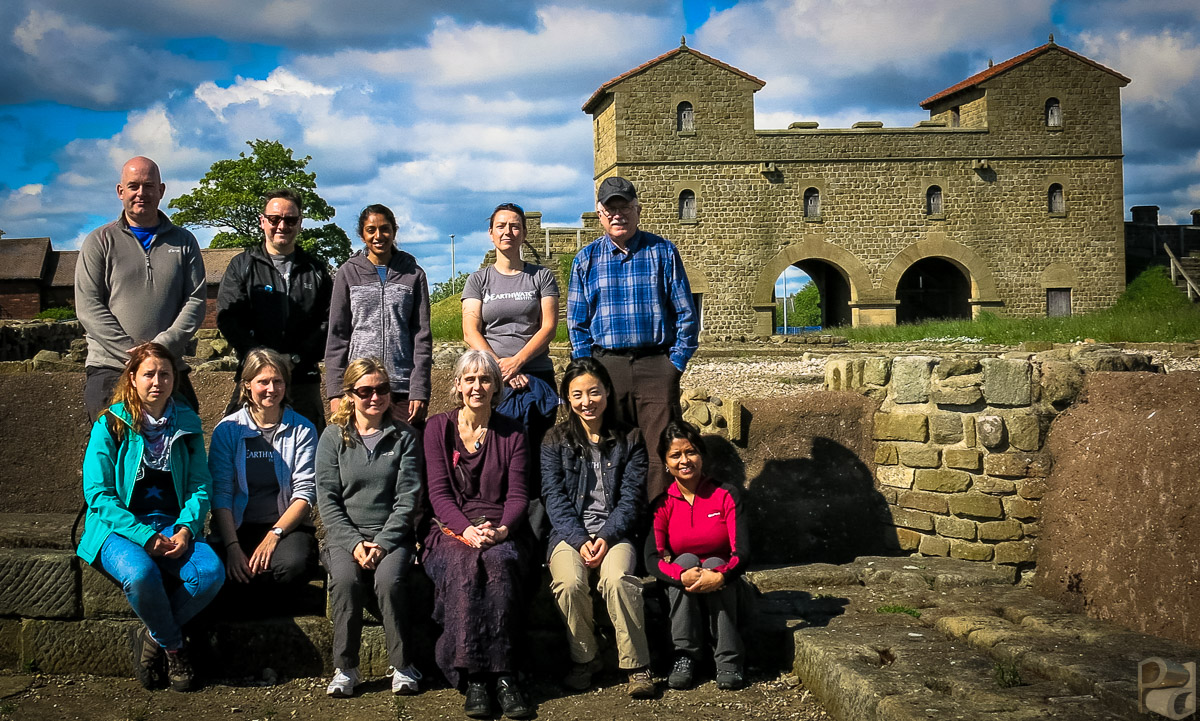
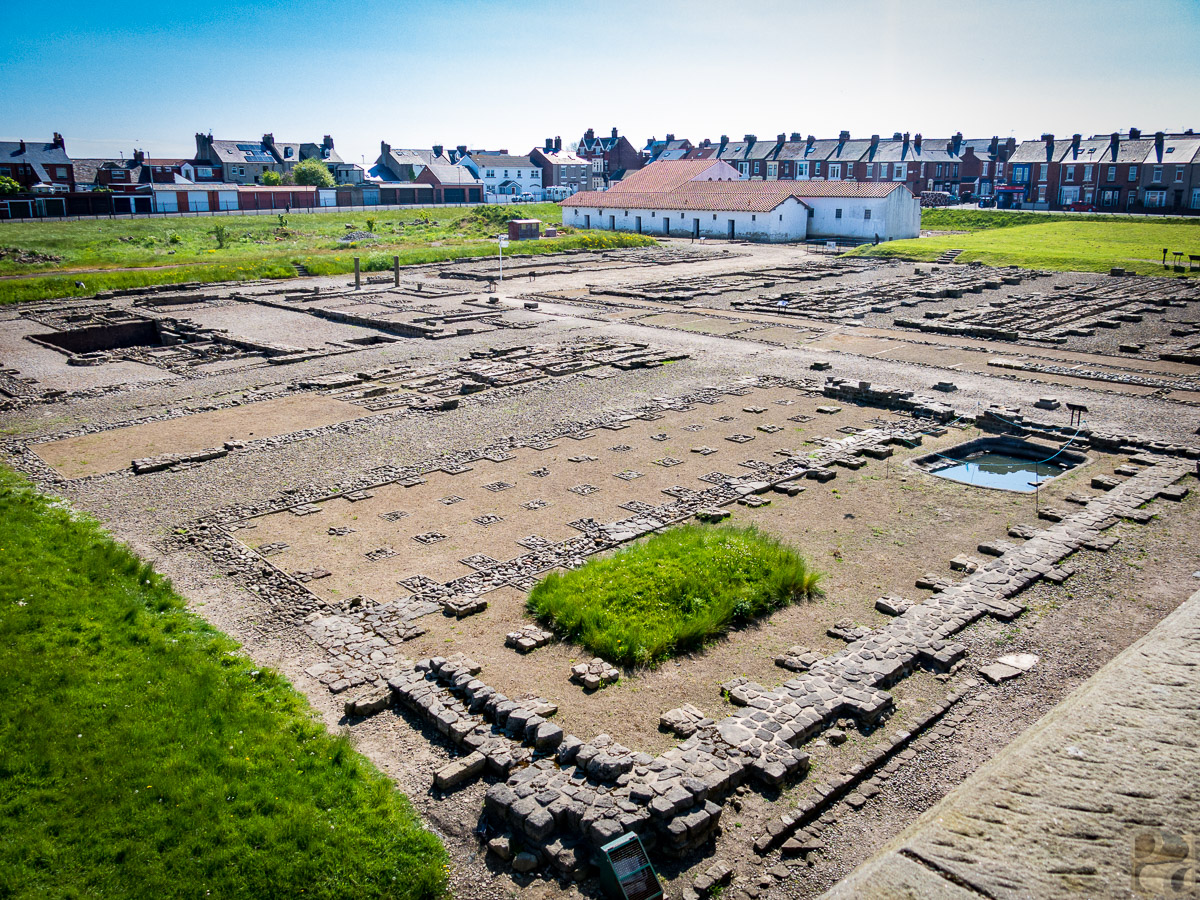
The Weekend Schedule

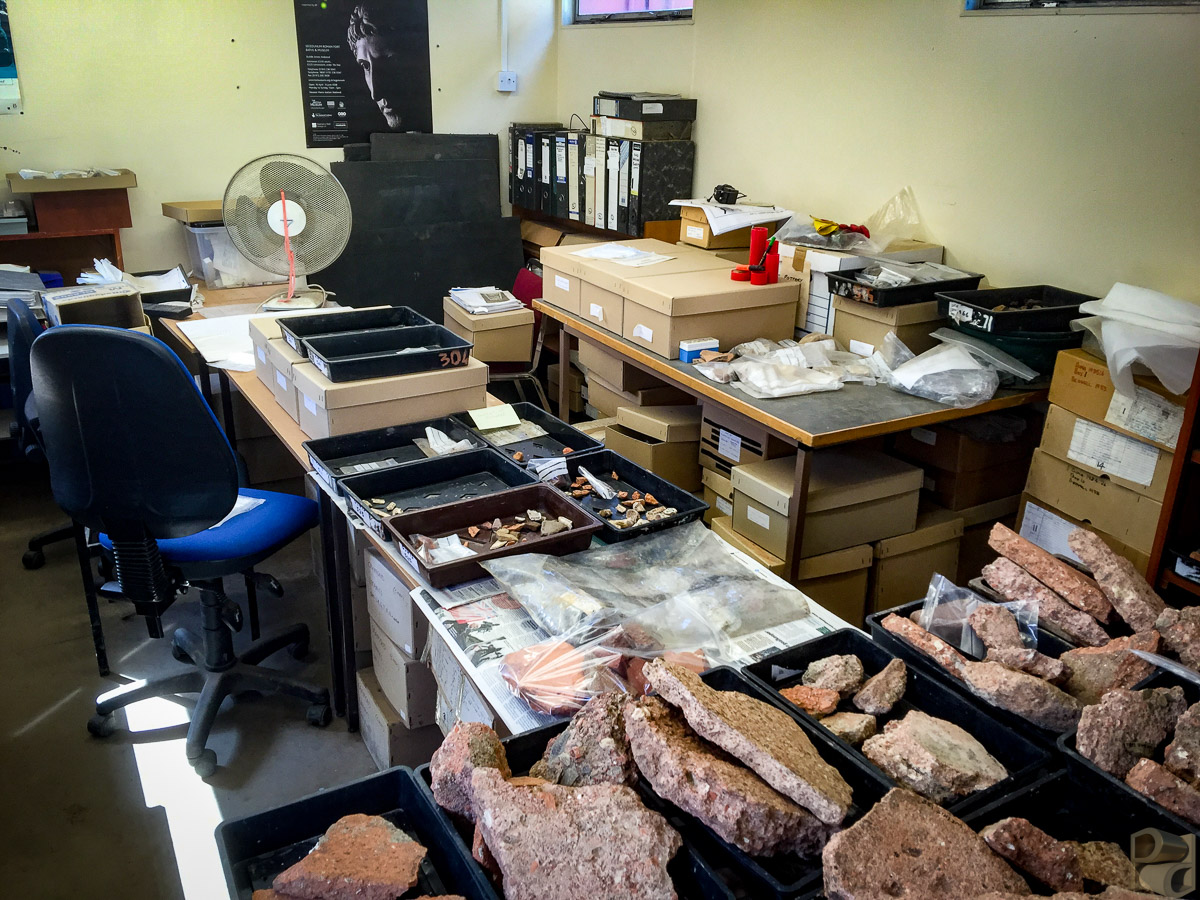
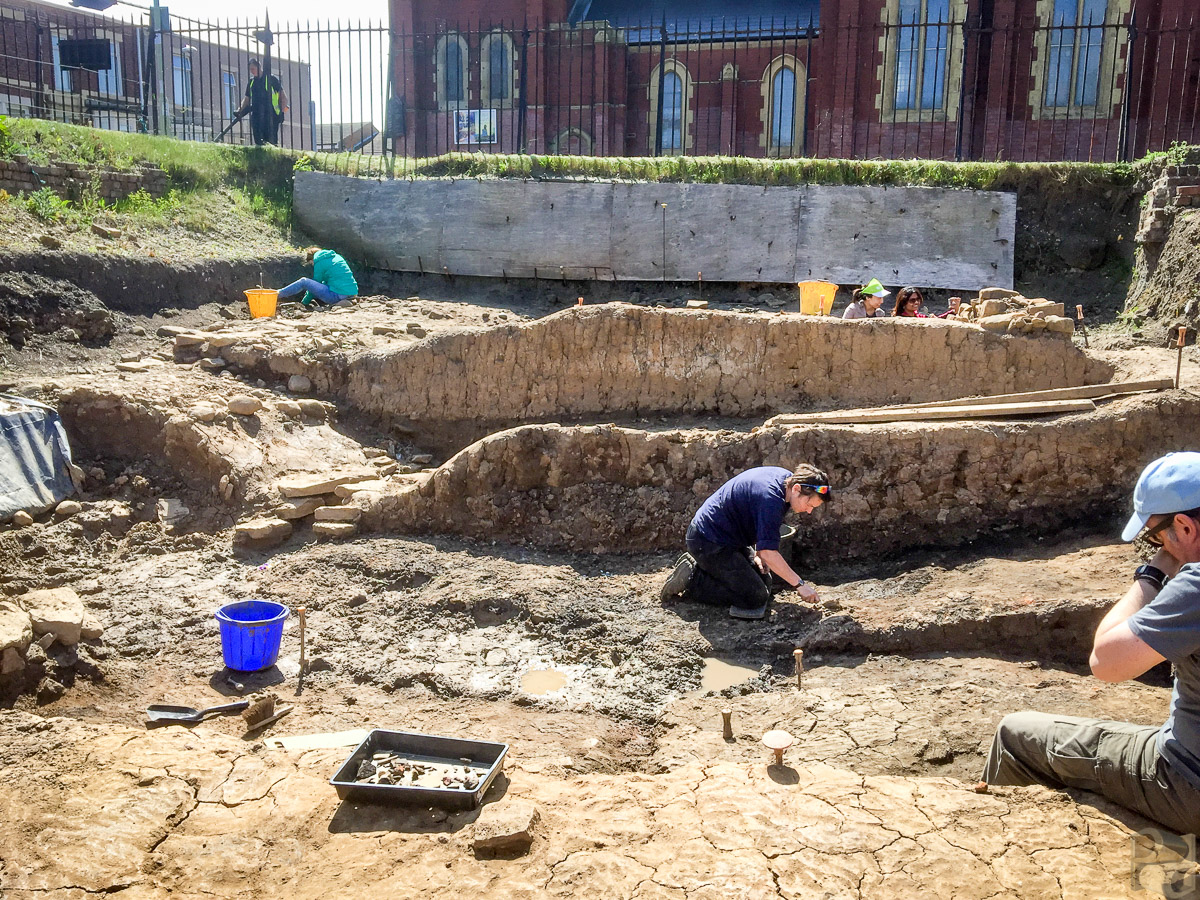
Saturday 21st May 2016
9:00 – Arrival at project site, introductions.
9:30-13:00 – Health & safety orientation, and introduction to working with finds.
13:00-13:30 – Lunch break.
13:30-16:45 – Introduction to excavation work, excavation within SW trench.
Evening meal organised for participants at a local restaurant.
Sunday 22nd May 2016
9:00 – Arrival at project site, updated briefing.
9:30-13:00 – Working with finds (Cleaning, sorting, markup, bagging, logging in computer database).
13:00-13:30 – Lunch break.
13:30-14:30 – Travel to Newcastle via the Tyne and Wear Metro.
2:30-16:00 – Guided tour of the Roman galleries in the Great North Museum.
16:00-17:00 – Free time to explore the rest of the museum.
Monday 23rd May 2016
9:00 – Arrival at project site, updated briefing.
9:30-11:00 – Tour of the Arbeia Roman Fort and Museum.
11:00-13:00 – Choice of working with finds or excavating in the trench.
13:00-13:30 – Lunch break.
13:30-16:00 – Choice of working with finds or excavating in the trench.
16:00-17:00 – Final wrap up.
Closing Thoughts
